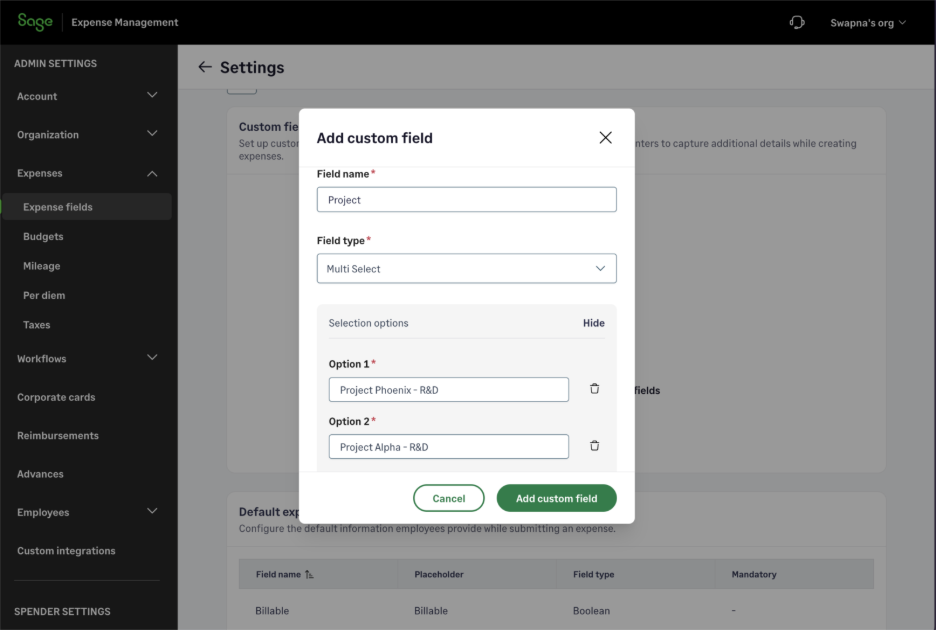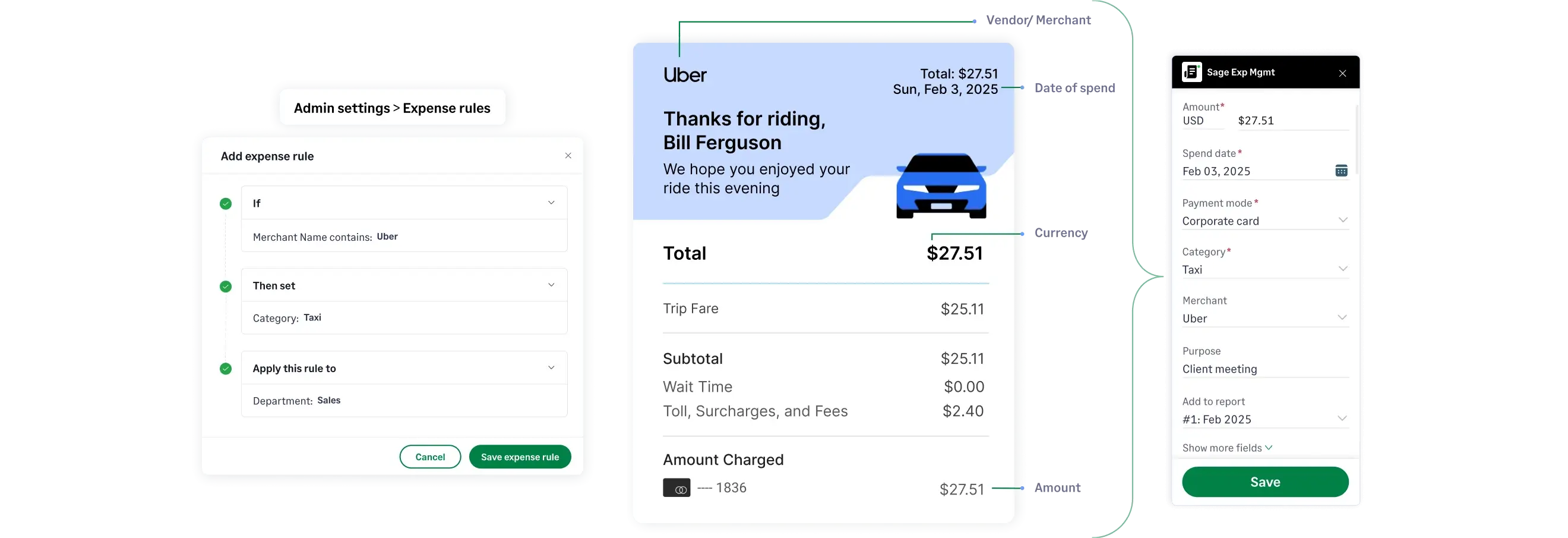Are you leaving six-figure tax credits on the table?
For innovative companies, the R&D Tax Credit is one of the most valuable incentives available - a significant, dollar-for-dollar credit for qualifying expenses.
Yet, countless businesses in tech, manufacturing, and even construction fail to claim it every year.
They aren't leaving money on the table because they lack R&D expenses. They're leaving it because they can't prove them. The entire claim hinges on one thing: meticulous, contemporaneous documentation. And when your expense process is a "hot mess" of spreadsheets and manual reconciliation, proving those expenses is nearly impossible.
Why Manual Categorization Fails the R&D Audit
The R&D Tax Credit demands that you flawlessly isolate qualifying costs (supplies, contractor fees, and labor) from general overhead. Your manual process actively sabotages this requirement due to three critical failures:
1. The "Forensic Nightmare"
The IRS requires you to prove which expenses (salaries, supplies, contractor fees) were for which qualifying R&D projects. With a manual process, your finance team is forced to conduct a painful, retrospective audit 12 months after the costs were incurred, digging through a year's worth of:
- Old credit card statements to isolate a single supply purchase.
- Paper receipts stored in drawers or pockets.
- Vague expense entries with no project tag.
2. The "Garbage In, Garbage Out" Problem
Your manual process is a black hole. An engineer, frustrated by a confusing spreadsheet, just categorizes a vital piece of testing equipment as "Miscellaneous" or "Office Supplies." By the time you see it, the data is useless. You’ve lost all ability to isolate R&D-specific costs from general overhead, and your claim becomes indefensible.
Read more: Why Flawed Expense Categorization Makes Your Budgets Useless
3. The "Capitalization Flaw"
Since the tax year 2022, Research and Experimental (R&E) expenditures must be capitalized and amortized over five years (fifteen years for foreign research).
This change elevates the importance of accurate categorization from merely a deduction to a crucial capitalization metric.
If an employee, confused by the lack of clear tags, codes a major R&E-related contractor fee as "General Maintenance," you lose the meticulous data needed to accurately calculate the 5-year amortization schedule, rendering your claim non-compliant and risking severe penalties.
Faced with this massive, time-consuming data challenge and high audit risk, most finance teams give up. The goldmine remains buried.
The Solution: Building Your Audit-Proof Log in Real-Time
The key is to stop reconciling expenses at the end of the year and start categorizing them the moment they happen. Sage Expense Management (formerly Fyle) builds an audit-proof log for you, one transaction at a time.
Here’s how it works:

Step 1: Create your "R&D" tag

First, you create a "Project" or "Custom Tag" for each of your qualifying R&D initiatives (e.g., "Project Phoenix - R&D"). This syncs directly from your accounting software, whether it's QuickBooks, Sage Intacct, or NetSuite.
Step 2: Capture expenses at the source

An engineer buys prototype materials. They swipe their card. Instead of stuffing the receipt in a pocket, they get an instant text message on their phone. They simply reply with a photo of the receipt.
Step 3: Categorize intelligently

The system's AI-powered OCR instantly reads the receipt (vendor, amount, date). The only thing the employee has to do is select the "Project Phoenix - R&D" tag you created. This simple, one-click action provides the contemporaneous proof the IRS demands.
Step 4: The one-click report export
At the end of the year, there is no forensic nightmare. You simply run a report, filter by the "Project Phoenix - R&D" tag, and export a complete, audit-ready log. Every single expense is listed with the user, date, GL code, and the attached receipt.
Learn more: Sage Expense Management’s Copilot can help you with any information you need by just asking.
Turn Your Expense Process into a Profit Center
The R&D Tax Credit is a significant financial gain, but it’s locked behind a wall of documentation.
A manual spreadsheet process is a liability that guarantees you'll leave that money on the table. Sage Expense Management provides the meticulous, real-time categorization needed to pass an audit and claim the credit you've already earned.
{{r-d-credits="/cta-banners"}}


















